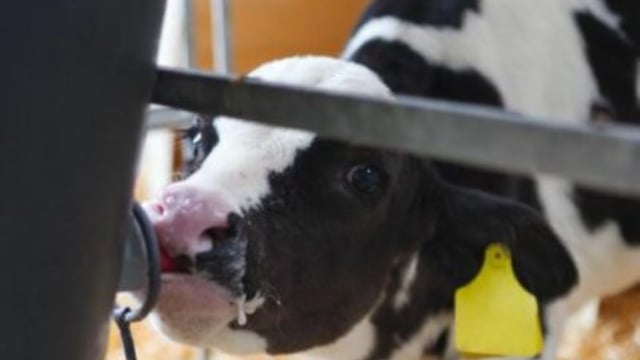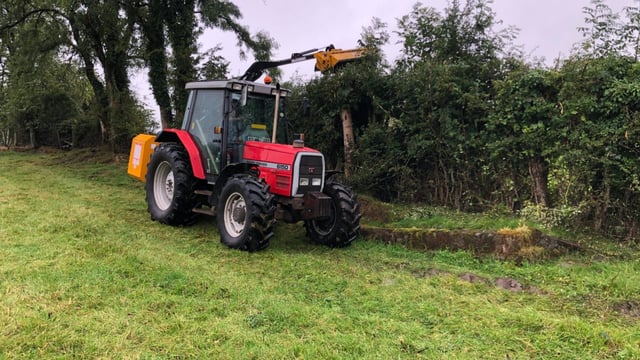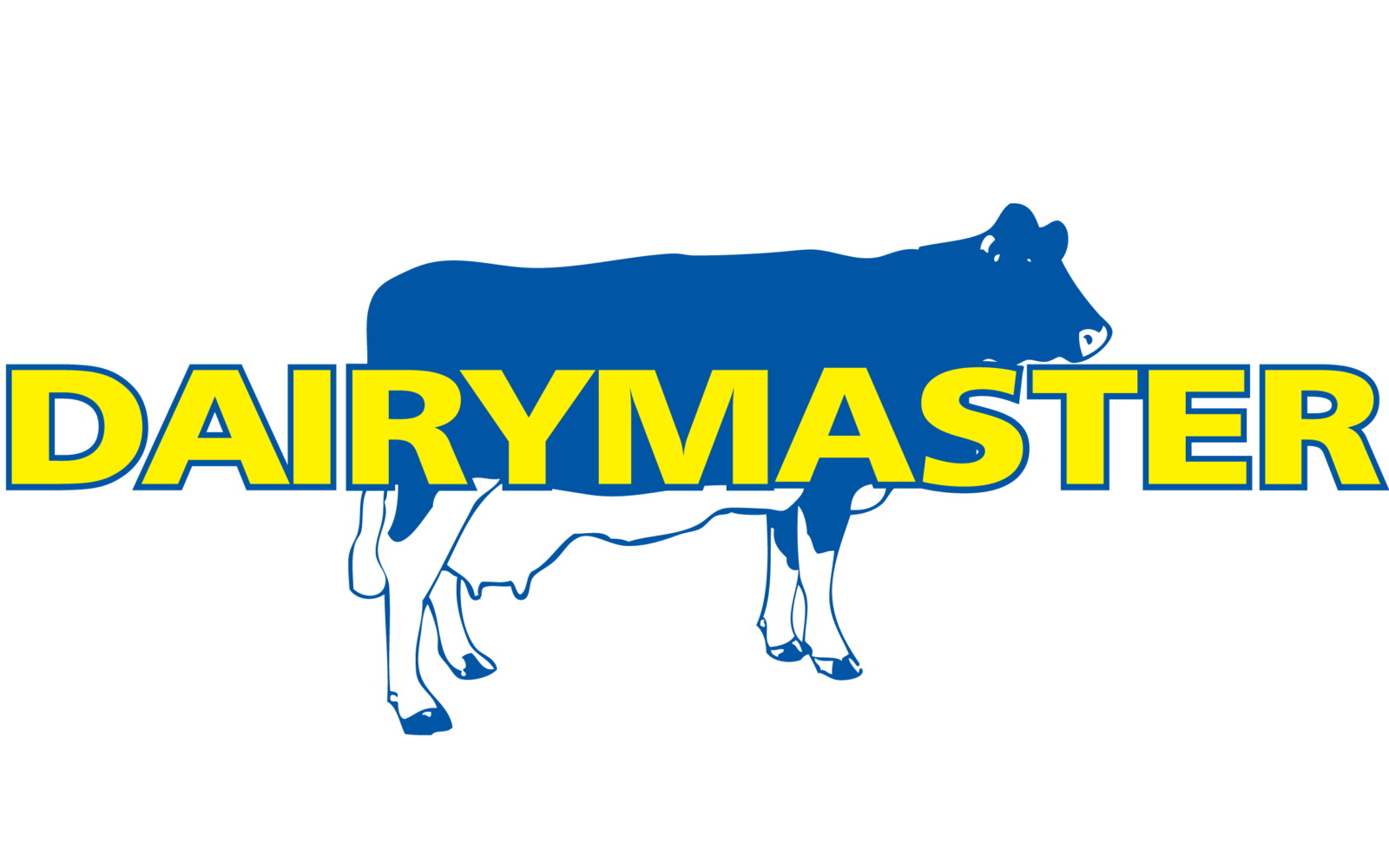Benefits of white clover for livestock systems
Swards containing white clover will deliver additional dry matter herbage production and animal performance levels.
This was the key message delivered by Teagasc grassland specialist, Dr. Michael Egan, courtesy of his presentation to the recent Northern Ireland launch of ProClova XL, a new clover friendly grassland herbicide.
According to Egan, swards containing in the region of 23% white clover can deliver the herbage production levels required by all grassland farmers.
In addition, the ability of the legume to fix nitrogen (N) from the air will drive overall sward growth and production levels.
Significantly, this fertiliser effect is made available in real time to the growing crop.
But the 20% plus inclusion rate for clover must be maintained in order to secure the required levels of N fixation.
Establishing clover successfully within a sward is key to its future persistence.
The legume can be included as part of a standard re-seed operation or it can be stitched in to an existing ley.
But irrespective of which option is followed, full recognition must be taken of the legume’s relatively small seed size.
In practical terms this means shallow drilling must be achieved. In the event of the clover being stitched into an existing sward, the seed must be given every opportunity to make full contact with the soil. Access to adequate moisture is also important.
For these reasons, over sowing clover should only be undertaken in the period April through to June.
It is also important for the existing sward structure to be open, thereby allowing the emerging clover plant to secure full access to prevailing sunlight.
According to the Teagasc representative, management of white clover plant populations during their first few months of growth is key.
During this period, they develop an initial tap root, the size of which will determine their future persistency levels within a sward.
Bloat can become an issue in swards containing 40% or more white clover plant numbers. However, steps can be taken to prevent the issue from arising.
Farmers should avoid turning hungry animals onto grass clover swards. Fibre in the form of grass silage should be offered to dairy cows at time of milking.
Cattle should be turned out into clover swards as one group, not in dribs and drabs. At time of high risk, bloat oil can be added to drinkers in the farm yard and out in the fields.





